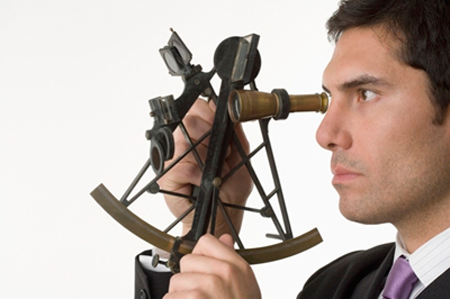by Ken Lopez
Founder/CEO
A2L Consulting
 I had a conversation with a major law firm partner recently that sounds like a thousand I've had before. It goes something like this: “I generally delegate the preparation of litigation graphics, and I tend to keep things pretty low-tech anyway.”
I had a conversation with a major law firm partner recently that sounds like a thousand I've had before. It goes something like this: “I generally delegate the preparation of litigation graphics, and I tend to keep things pretty low-tech anyway.”
To be fair, this is the way cases have been tried for a very long time, and the partner had had a great deal of success with this approach. So, what's wrong?
What’s wrong is that jurors’ expectations have changed enormously in just the last few years. Jurors expect a trial presentation to be polished and more like the nightly news than like a corporate PowerPoint. They expect a trial lawyer to be polished and well-practiced, more like Brian Williams than a dull CLE presenter. This rural Arkansas jury said it better than I ever could when they responded to a question about the use of trial technology by saying, “Today is technology. That’s what it’s all about.”
In their “Litigation Services Handbook: The Role of the Financial Expert,” authors Roman L. Weil, Michael J. Wagner, and Peter B. Frank reject the idea that trial lawyers are penalized by jurors for seeming too well practiced or knowing too much about technology:
“Some lawyers and witnesses worry about appearing too slick,” they write. “They worry that nicely designed and colorful exhibits or the use of high technology will reinforce the image that the party they represent has substantial resources and thus does not need to be awarded damages or would have little difficulty in paying them. Post-trial interviews we have conducted demonstrate that this is a needless worry. . . . Jurors often see visual communication – for example, on TV or on their own computers – that is superior to anything they see in the courtroom.”
So if you're trying cases the way your father did, you may not be meeting a jury’s expectations. Just the other day, one of our litigation consultants shared with me a conversation he had had with a California litigator. This lawyer came to us after falling so far behind in his technology in a recent trial that the judge insisted that his opponent's trial technician help him pull up documents electronically to speed up the case. Ouch.
Some consultants think a lower-tech approach is better in order to avoid looking like the 500-pound gorilla in a case. I think that is usually misguided. If you're a large company, you don’t look good for looking low-tech. You look as if you didn’t prepare.
The purpose of using technology and modern presentation techniques is not to dazzle with gadgetry. Rather, it is to clearly and efficiently present your case using technology to emphasize key points better than one can do through traditional means. By embracing technology you're not only meeting jurors’ expectations. You're also saying to them, “I worked hard at this in order to make it understandable, to save you time, and to show you we are an open book.” I think modern juries reward this approach.
Articles related to trial technology, litigation consulting and trial technicians:
- Free Download: How to Use a Trial Technician/Hot-Seat Operator at Trial
- Saying goodbye to the David vs. Goliath courtroom myth
- Embracing litigation consulting is key if you are trying big cases
- 5 things every jury needs from you
- 10 things every mock jury ever has said
- Why should I conduct a mock trial
- The two track strategy to litigation is key to success in modern trial practice
- Why litigation graphics work according to science
- A simple presentation that looks polished is a clear final goal






Leave a Comment